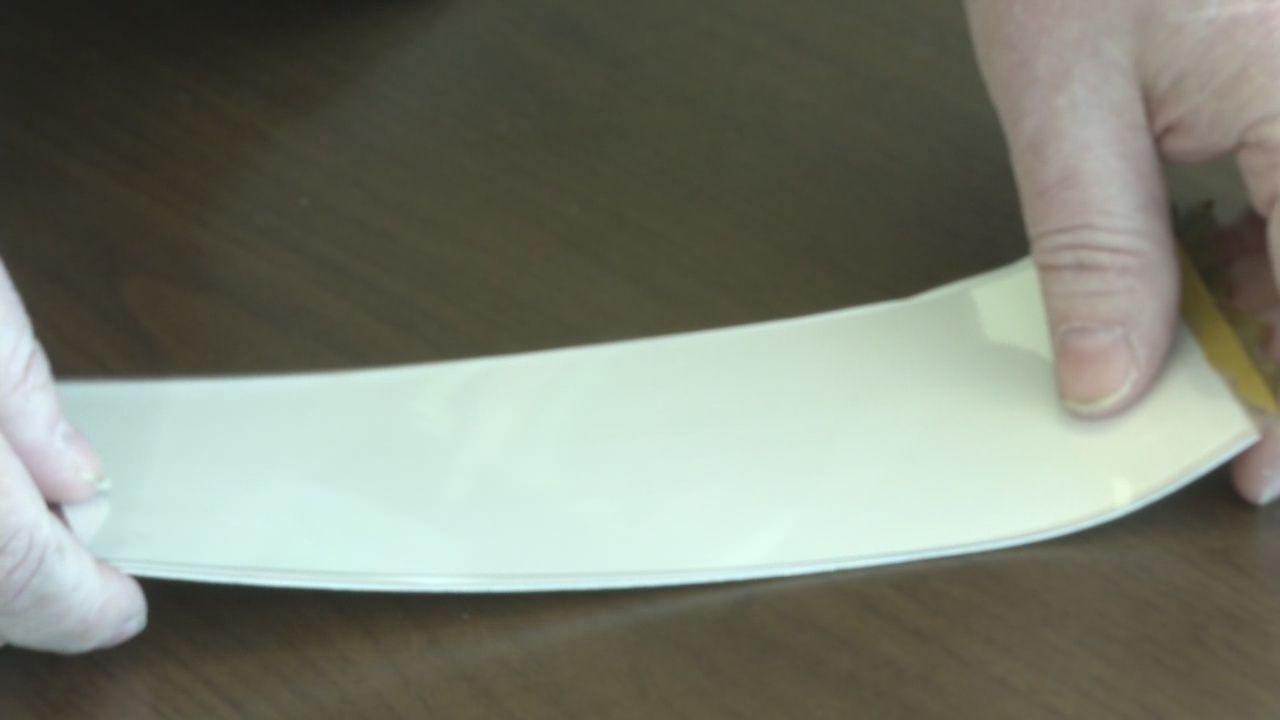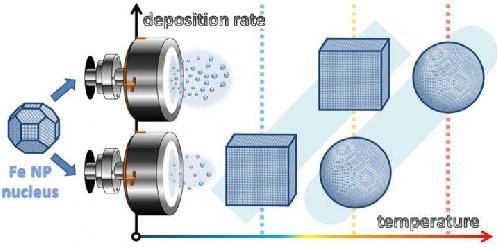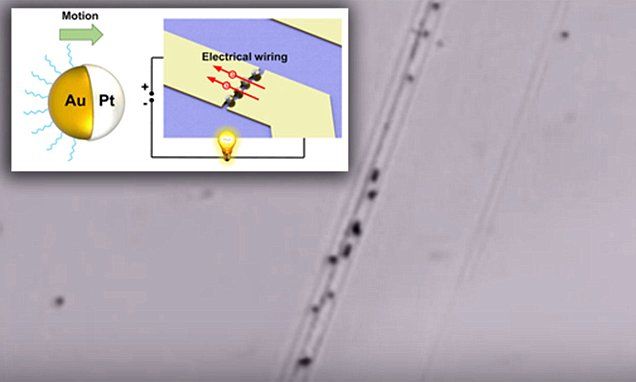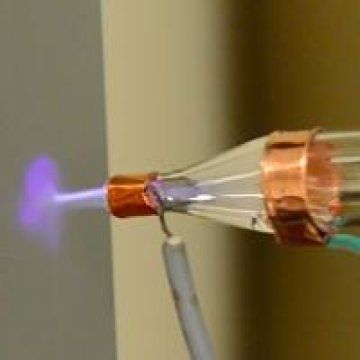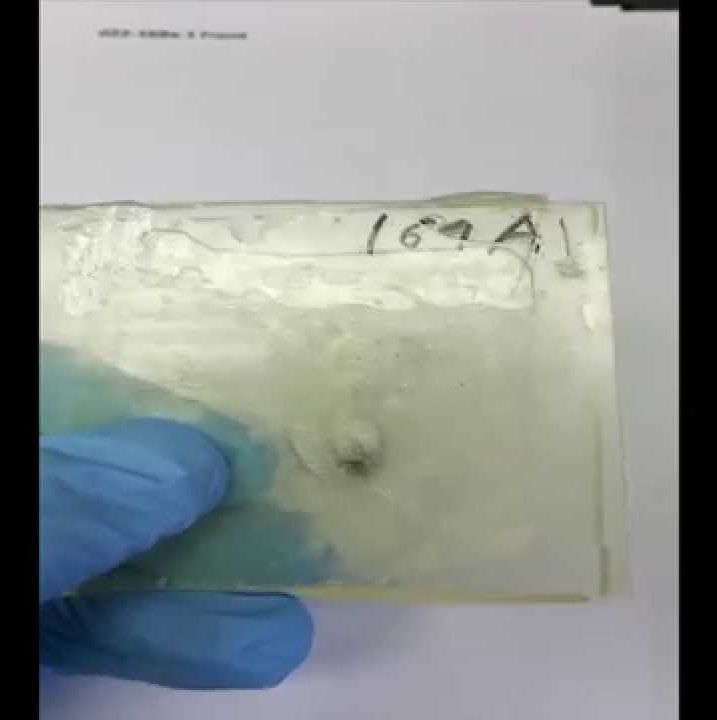Apr 5, 2016
Nano-technology patch could help manage diabetes, treat allergies
Posted by Karen Hurst in categories: biotech/medical, nanotechnology
Nice
BUFFALO, N.Y. (WIVB) – The number of people being diagnosed with diabetes is growing. Every third American adult will develop type 2 diabetes within the next 35 years. But there may be a new way to manage the illness.
A new device might make managing your insulin levels or even treating allergies virtually painless. We know Western New York is becoming a hub for nano-medicine. Now a local organization is on the front lines of whats called nano- patch technology.
Continue reading “Nano-technology patch could help manage diabetes, treat allergies” »
